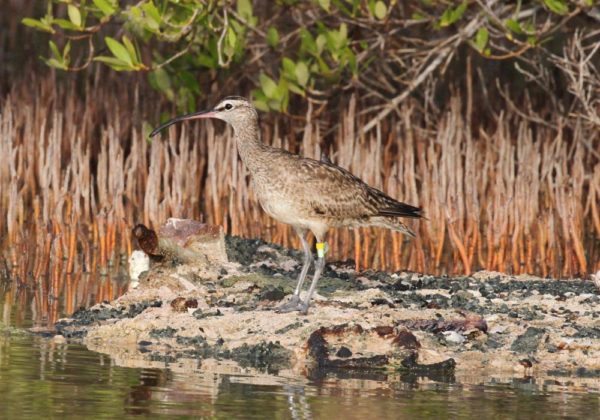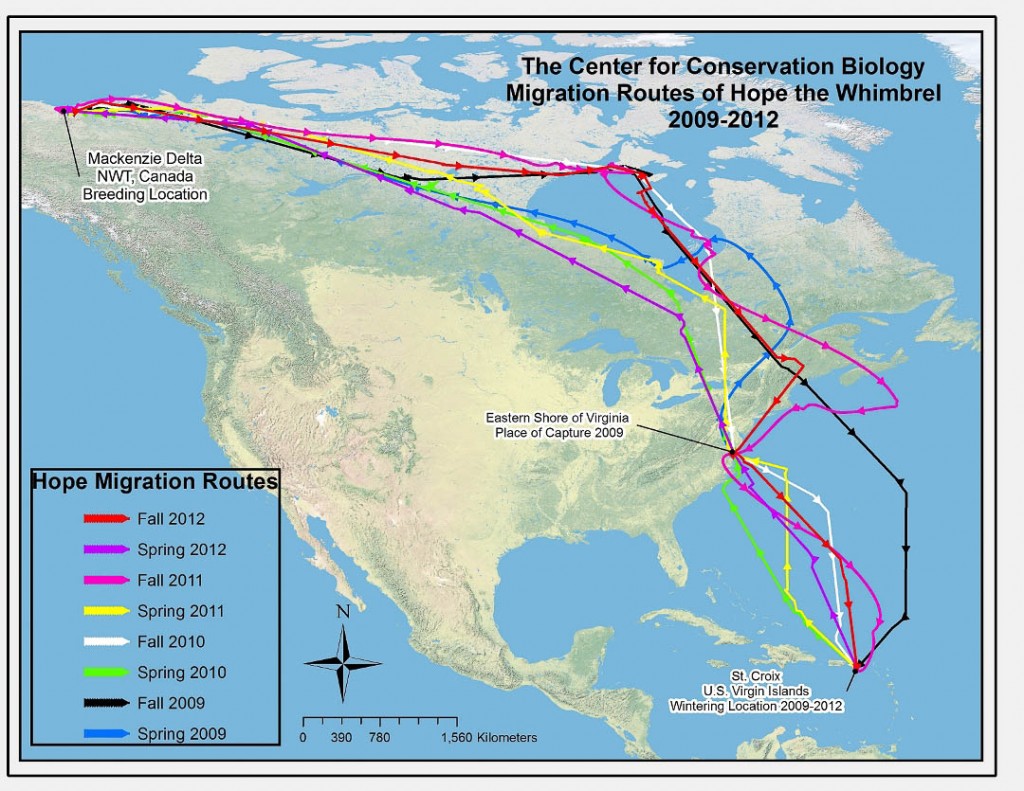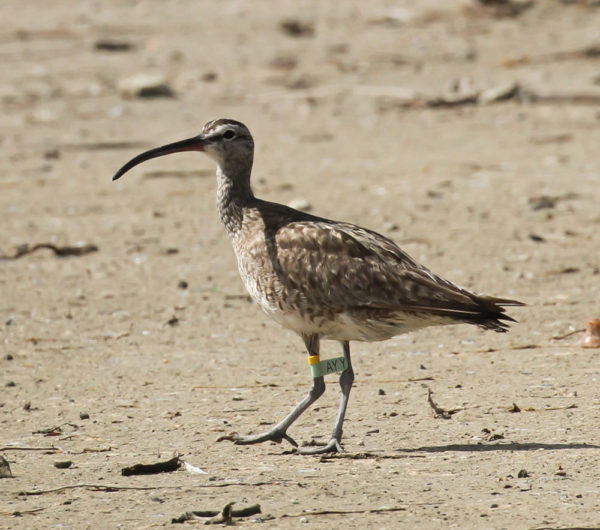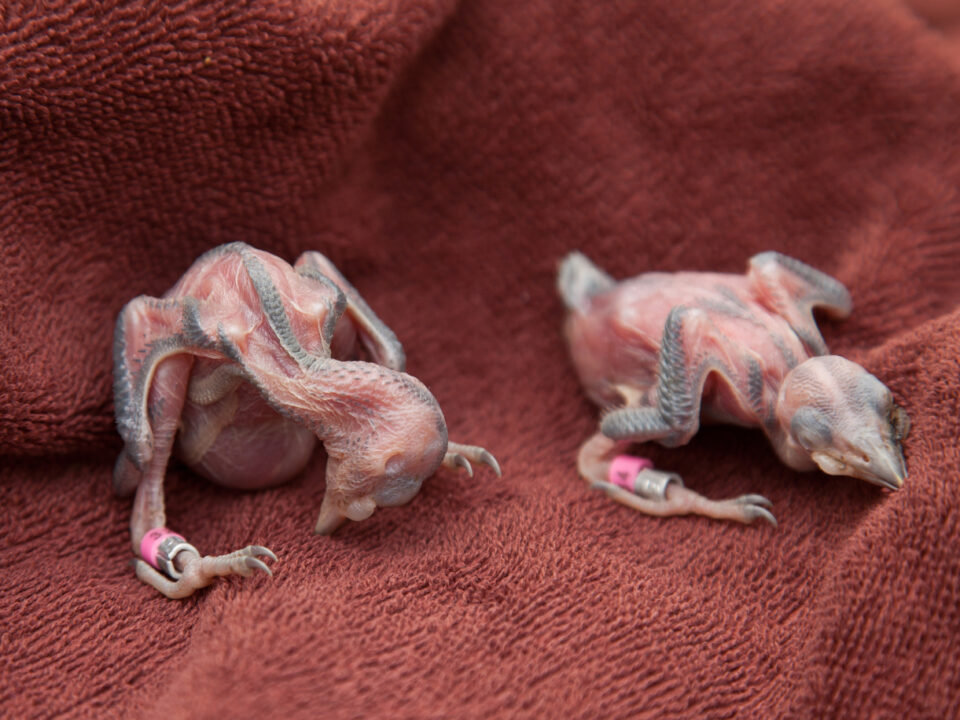Hope survives

The leaving ecology of whimbrel
September 12, 2017
Grace at Episcopal Conference Center Sept 17, 2017
September 18, 2017By Bryan Watts | bdwatt@wm.edu | (757) 221-2247
September 13, 2017
Irma, the storm that began as a puff of wind off the western coast of Africa and became a monster over the warm waters of the Atlantic, left a path of devastation stretching more than 2,000 miles. Irma was the strongest storm ever to exist in the Atlantic Ocean outside of the Caribbean and Gulf of Mexico and sustained 185 mph winds for 37 hours, the longest of any storm ever recorded. Irma hit the Leeward Islands during the peak of her strength causing loss of life and historic destruction of property. This pattern would continue through Puerto Rico, Cuba, Florida, and the Carolinas. Now, as Irma whimpers off to the north as a tropical depression, people are venturing out to assess the damage and to begin the process of recovery. Our thoughts are with all of those who have been impacted.

Hope during a calmer time on her winter territory at Great Pond. Photo by Lisa Yntema.
Hope is a whimbrel that breeds in western Canada on the Mackenzie Delta and spends the winter months at Great Pond on St. Croix. She is well-known to the public as a bird that was tracked using a satellite transmitter by The Center for Conservation Biology for more than 50,000 miles between 2009 and 2013, and to many children as the hero of the children’s book written by Cristina Kessler titled “Hope is here.” Hope was on her winter territory when Irma hit St. Croix and many have wondered about her condition after the storm has passed.

Some of the travels of Hope as recorded by satellite transmitter. Data from CCB.
Local ecologist Lisa Yntema visited with Hope on Great Pond on the morning of 26 August, 2017 and photographed her on the mudflats. She had only recently arrived from her Arctic breeding grounds. Just 11 days later on 6 September St. Croix was hit by Irma. Many of us wonder how birds and other wildlife cope with extreme storms. Lisa ventured out to check on Hope on the morning of 11 September and found her to be her usual “noisy self.”

Hope on the flats in the Great Pond area of St. Croix on 26 August, 2017 after arriving from the Arctic. Photo by Lisa Yntema.
Hope has taught the research community a great deal about the migratory pathways and habits of whimbrels. She has made tremendous nonstop flights, moved great distances out over the open Atlantic, confronted storms while at sea, navigated with precision to stopover sites, and shown high fidelity to her breeding site, her wintering site, and several staging areas. She has encountered a great deal living a life on the edge but continues to be a survivor.
Learn more about Hope the whimbrel:
Related posts
Adult female from Elkins Chimney territory. Both the female and male were lost from this site between 2024 and 2025 nesting seasons and were not replaced. This territory has been occupied since 1995. Five territories were vacated between 2024 and 2025 along the Delmarva Peninsula in VA. Photo by Bryan Watts



